Recombinant Rat Glutamate [NMDA] receptor subunit 3A (Grin3a), partial
-
中文名称:大鼠Grin3a重组蛋白
-
货号:CSB-YP889935RA
-
规格:
-
来源:Yeast
-
其他:
-
中文名称:大鼠Grin3a重组蛋白
-
货号:CSB-EP889935RA
-
规格:
-
来源:E.coli
-
其他:
-
中文名称:大鼠Grin3a重组蛋白
-
货号:CSB-EP889935RA-B
-
规格:
-
来源:E.coli
-
共轭:Avi-tag Biotinylated
E. coli biotin ligase (BirA) is highly specific in covalently attaching biotin to the 15 amino acid AviTag peptide. This recombinant protein was biotinylated in vivo by AviTag-BirA technology, which method is BriA catalyzes amide linkage between the biotin and the specific lysine of the AviTag.
-
其他:
-
中文名称:大鼠Grin3a重组蛋白
-
货号:CSB-BP889935RA
-
规格:
-
来源:Baculovirus
-
其他:
-
中文名称:大鼠Grin3a重组蛋白
-
货号:CSB-MP889935RA
-
规格:
-
来源:Mammalian cell
-
其他:
产品详情
-
纯度:>85% (SDS-PAGE)
-
基因名:
-
Uniprot No.:
-
别名:Grin3a; Glutamate receptor ionotropic; NMDA 3A; GluN3A; Glutamate receptor chi-1; N-methyl-D-aspartate receptor; N-methyl-D-aspartate receptor subtype 3A; NMDAR3A; NR3A; NMDAR-L; NMDAR-L1
-
种属:Rattus norvegicus (Rat)
-
蛋白长度:Partial
-
蛋白标签:Tag type will be determined during the manufacturing process.
The tag type will be determined during production process. If you have specified tag type, please tell us and we will develop the specified tag preferentially. -
产品提供形式:Lyophilized powder
Note: We will preferentially ship the format that we have in stock, however, if you have any special requirement for the format, please remark your requirement when placing the order, we will prepare according to your demand. -
复溶:We recommend that this vial be briefly centrifuged prior to opening to bring the contents to the bottom. Please reconstitute protein in deionized sterile water to a concentration of 0.1-1.0 mg/mL.We recommend to add 5-50% of glycerol (final concentration) and aliquot for long-term storage at -20℃/-80℃. Our default final concentration of glycerol is 50%. Customers could use it as reference.
-
储存条件:Store at -20°C/-80°C upon receipt, aliquoting is necessary for mutiple use. Avoid repeated freeze-thaw cycles.
-
保质期:The shelf life is related to many factors, storage state, buffer ingredients, storage temperature and the stability of the protein itself.
Generally, the shelf life of liquid form is 6 months at -20°C/-80°C. The shelf life of lyophilized form is 12 months at -20°C/-80°C. -
货期:Delivery time may differ from different purchasing way or location, please kindly consult your local distributors for specific delivery time.Note: All of our proteins are default shipped with normal blue ice packs, if you request to ship with dry ice, please communicate with us in advance and extra fees will be charged.
-
注意事项:Repeated freezing and thawing is not recommended. Store working aliquots at 4°C for up to one week.
-
Datasheet :Please contact us to get it.
靶点详情
-
功能:NMDA receptor subtype of glutamate-gated ion channels with reduced single-channel conductance, low calcium permeability and low voltage-dependent sensitivity to magnesium. Mediated by glycine. During the development of neural circuits, plays a role in the synaptic refinement period, restricting spine maturation and growth. By competing with GIT1 interaction with ARHGEF7/beta-PIX, may reduce GIT1/ARHGEF7-regulated local activation of RAC1, hence affecting signaling and limiting the maturation and growth of inactive synapses. May also play a role ...显示更多
-
基因功能参考文献:
- N-methyl-D-aspartate receptor-mediated synaptic responses are induced by glycine in hippocampal CA1 neurons PMID: 25231980
- The hippocampus of fetuses gestated under light:dark photoperiod (12:12 LD) displayed daily oscillatory expression of the clock genes Bmal1 and Per2, clock-controlled genes Mtnr1b, Slc2a4, Nr3c1 and NMDA receptor subunits 1B-3A-3B PMID: 24663672
- GluN3A protein expression in rat hippocampus and the prefrontal cortex was increased quickly after brain ischemia and remained at a high level for at least 24 h. After OGD, neurons with GluN3A subunit overexpression were more viable than wild-type neurons PMID: 23883441
- Crystallization and structural analysis of the GluN1 and GluN3A ligand binding domains of the rat NMDA receptor subunits Grin1 and Grin3a. PMID: 23972471
- denitrosylation of nNOS induced by calcium ion influx is a NMDAR-dependent process during the early stage of ischemia/reperfusion, which is majorly mediated by thioredoxin-1 (Trx1) system. PMID: 23285183
- a model whereby NR3A negatively regulates the developmental stabilization of glutamate receptors involved in excitatory neurotransmission, synaptogenesis, and spine growth. PMID: 22870318
- Co-expression of both NMDA receptor subunits NR3A and NR3B is required for the dominant negative properties of calcium mobilization into mitochondria. PMID: 20813147
- Our findings reveal the presence of functional NMDARs in axons and growth cones of young neurons, suggesting a role for these receptors in axonal guidance and synapse formation during neuronal development. PMID: 21697378
- the NR3A subunit is not a determinant of ethanol sensitivity in recombinant NMDA receptors PMID: 14499953
- mutation of leucine 958, leucine 973 or histidine 974 or deletion of a spacer sequence of more than six amino acids between leucine 958 and histidine 974 disrupted the NR3A/PP2A interaction. PMID: 15194871
- NR3A modulates the NR1/NR3A receptor permeation pathway via a novel mechanism of forming a narrow constriction at the outer channel vestibule. PMID: 17182766
- The NMDAR3A subunits exhibit developmental loss around the time of eye opening in rat suprachiasmatic nucleus. PMID: 19361480
- Suggest that D-Ser may negatively regulate cellular differentiation through inhibiting NMDA receptors composed of NR1 and NR3A subunits in a manner related to Runx2 transcriptional activity in chondrocytes. PMID: 19452450
收起更多
-
亚细胞定位:Cell membrane; Multi-pass membrane protein. Cell junction, synapse, postsynaptic cell membrane. Cell junction, synapse, postsynaptic density. Note=Enriched in postsynaptic plasma membrane and postsynaptic densities. Requires the presence of GRIN1 to be targeted at the plasma membrane.
-
蛋白家族:Glutamate-gated ion channel (TC 1.A.10.1) family, NR3A/GRIN3A subfamily
-
组织特异性:Isoform 1 and isoform 2 are expressed in olfactory bulb, frontal occipital, entorhinal and pyriform cortices, hippocampus, striatum, thalamus, cerebellum and spinal cord.
-
数据库链接:



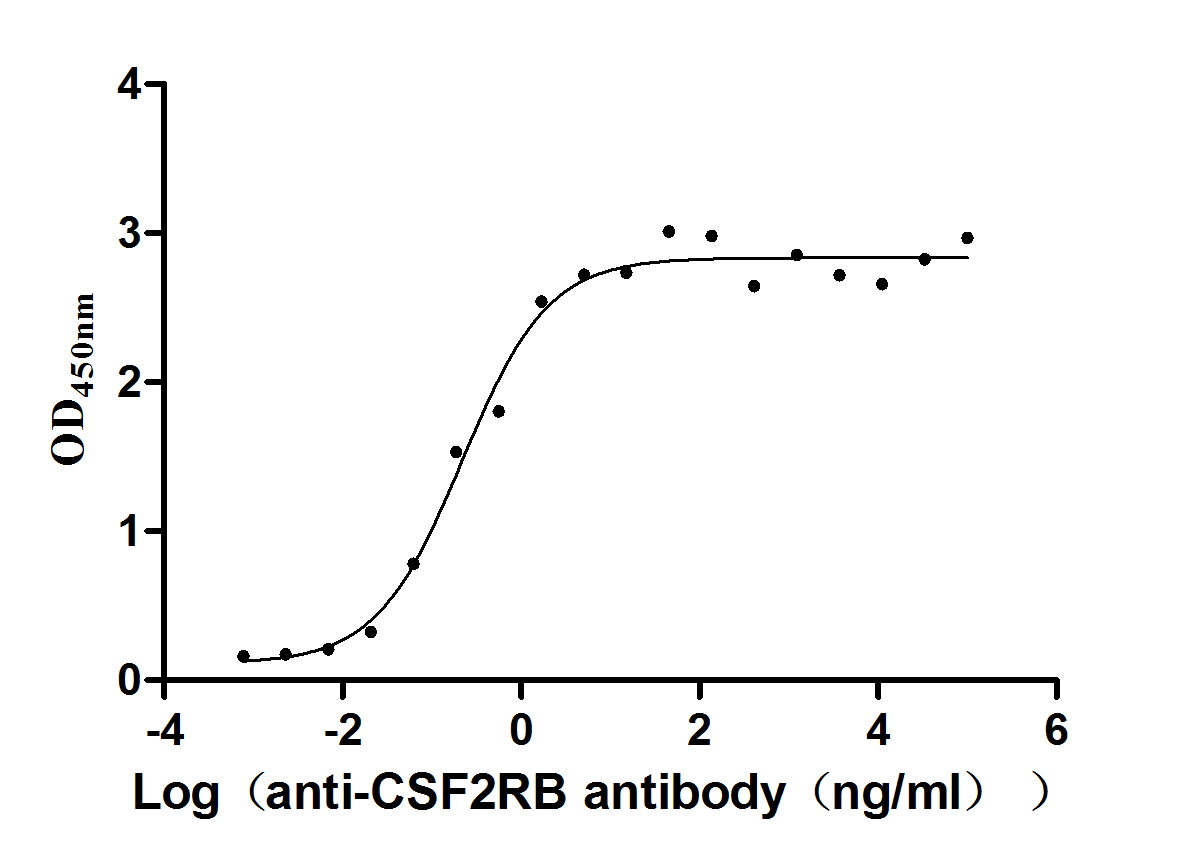
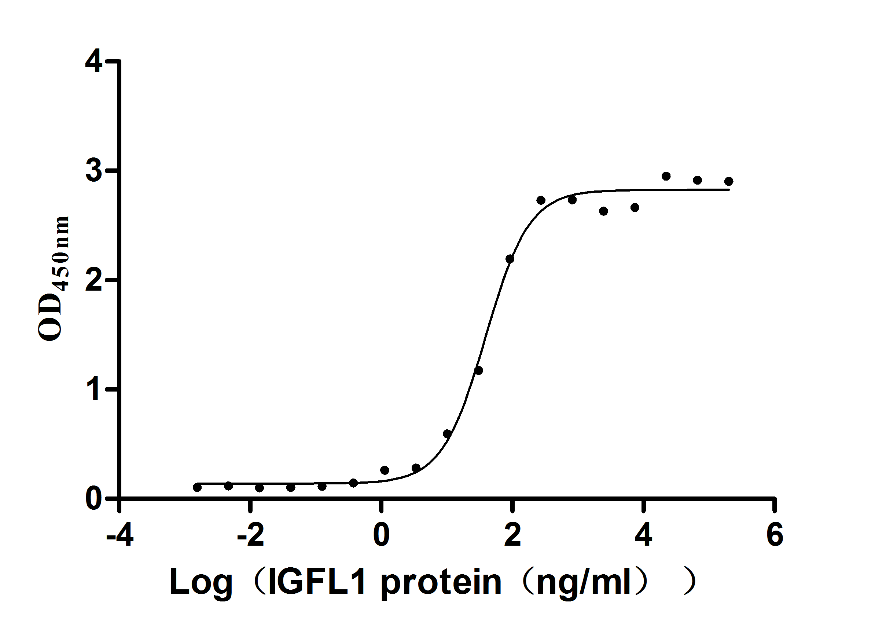
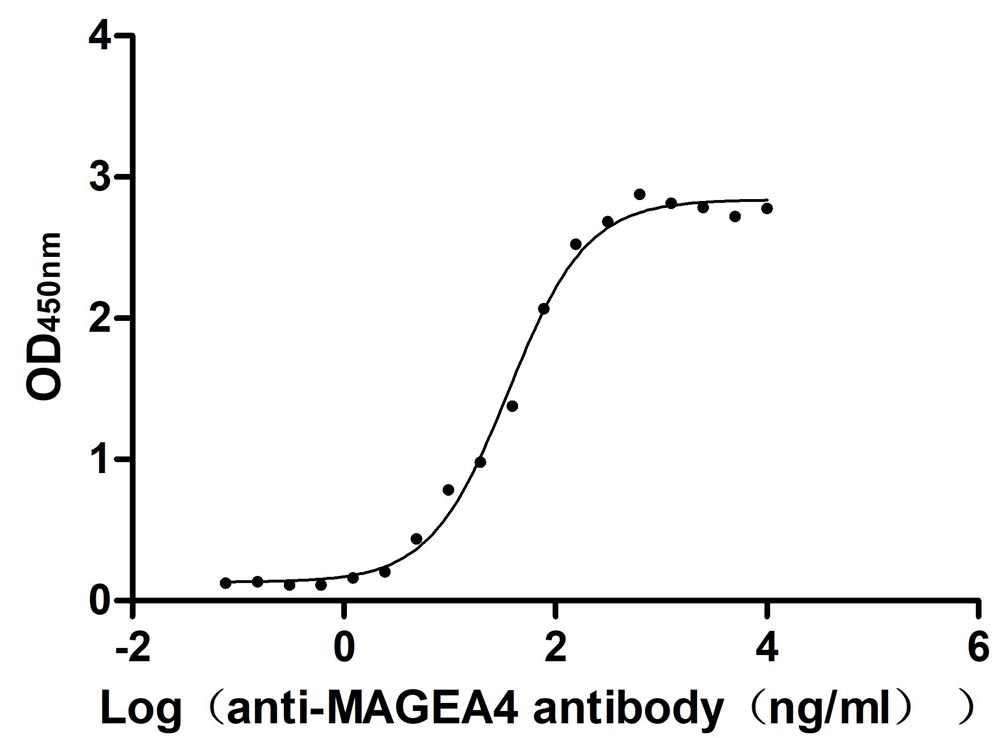
-AC1.jpg)
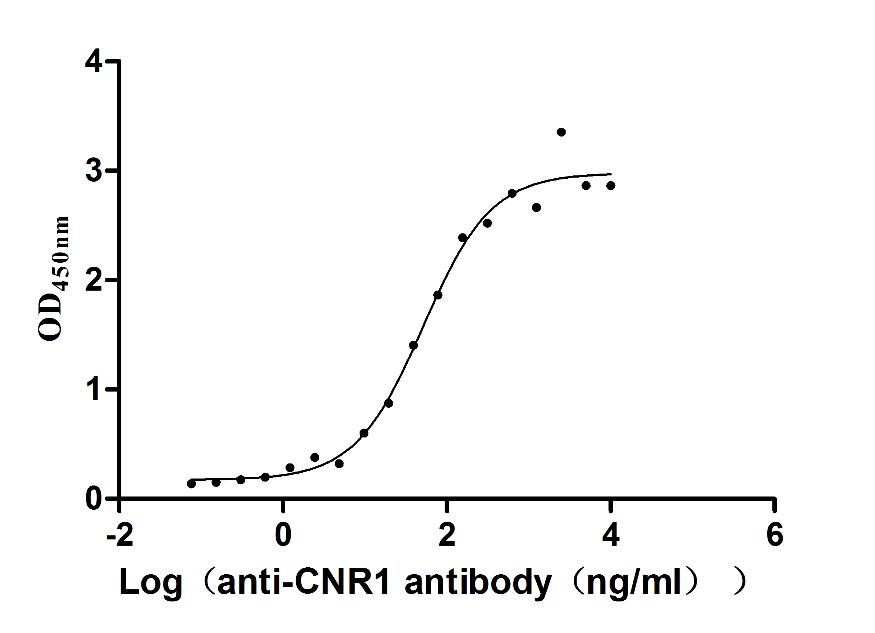
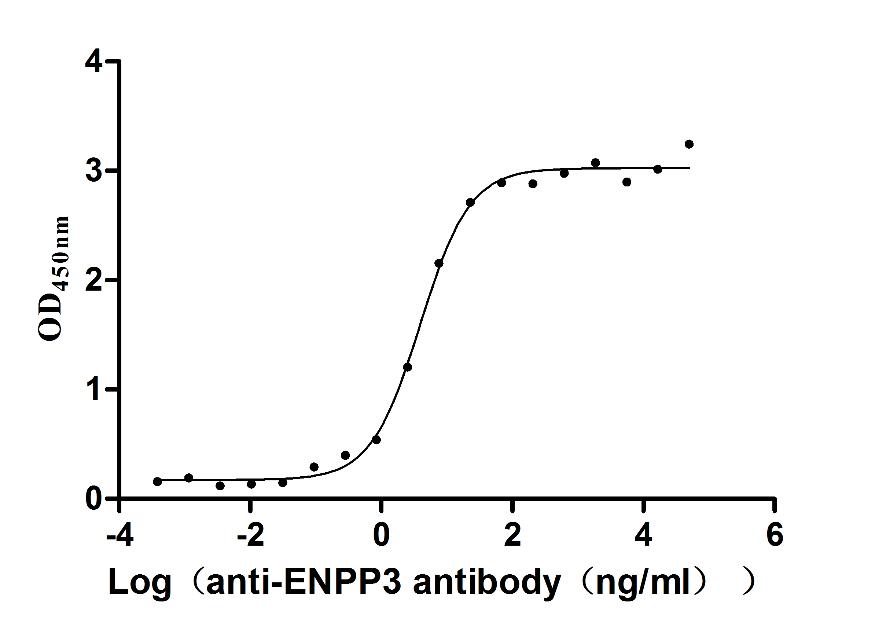
-AC1.jpg)









